A record number of 97 student clubs are available this school year, providing students with a diverse range of opportunities but also introducing organizational struggles for respective groups.
Lab’s mission statement emphasizes the importance of igniting and nurturing an enduring spirit of scholarship, curiosity, creativity and confidence — something many believe clubs offer. However, some organizational difficulties that come with offering so many student clubs are too few available spaces to hold club meetings or enough available faculty club advisers.
Senior Noah Hoereth struggled to find a faculty adviser at first when proposing his new club, Lab Common Ground, which aims to find common ground on problems at Lab through its students. He eventually found success after talking with Dean of Students Ana Campos. While Noah appreciates the opportunities clubs provide, he acknowledges the overlap many of them can face.
“I think a lot of clubs can serve the same purpose,” Noah said, “and I think multiple similar clubs are going to be less effective than one big club. Also, more clubs equals more sponsors, and the more clubs there are, it’s gonna get repetitive and clubs are gonna start serving the same goals and purposes.”
More options to choose from can also lead to lower club membership, something Ms. Campos understands. She noted that the number of student clubs has increased exponentially, so she would like to work with the student body for the club approval process next year.
“I want to invite and involve students in that conversation,” Ms. Campos said, “because I do think that we might be heading to a point where it’s a little too much, and what is the point or the value of clubs if a whole slew of them, maybe a quarter of them, have a membership of, you know, four students?”
Despite this issue, many students appreciate the spaces clubs provide and have found a sense of belonging within them. While she found club shopping a little overwhelming at first, ninth grader Tal Newman has already joined clubs that are meaningful to her.
Tal said, “It was just picking and choosing those, because things overlap on certain days.”
Tal acknowledged that choosing among 97 clubs in the first few weeks of high school can be difficult. Ms. Campos advised students navigating the club selection process that this discomfort can be overcome by remembering the flexibility of most student clubs.
“As hard as it may feel, if they can push through any kind of slight discomfort or a little bit of anxiousness, if it’s a club that really piqued their interest, go,” Ms. Campos said. “You know, go to that club meeting, try it out. It’s not a commitment. If they don’t like it after two or three times, they don’t have to keep going.”
Like Tal, ninth grader Chris Williams has navigated the club selection process to find clubs that have piqued his interest.
“I feel like I’ve been easily able to find my clubs and have time for the clubs that I want to go to,” Chris said. “I think it’s cool that I’m a part of a community that has so many clubs and so many different options for people.”
While club membership may be an issue, students have been able to find clubs important to them. Ms. Campos said that clubs with lower levels of student participation are still meaningful.
“I want the clubs to be meaningful to kids,” Ms. Campos said. “If it’s a space where kids are connecting with each other and having fun, that is 100% worthwhile.”







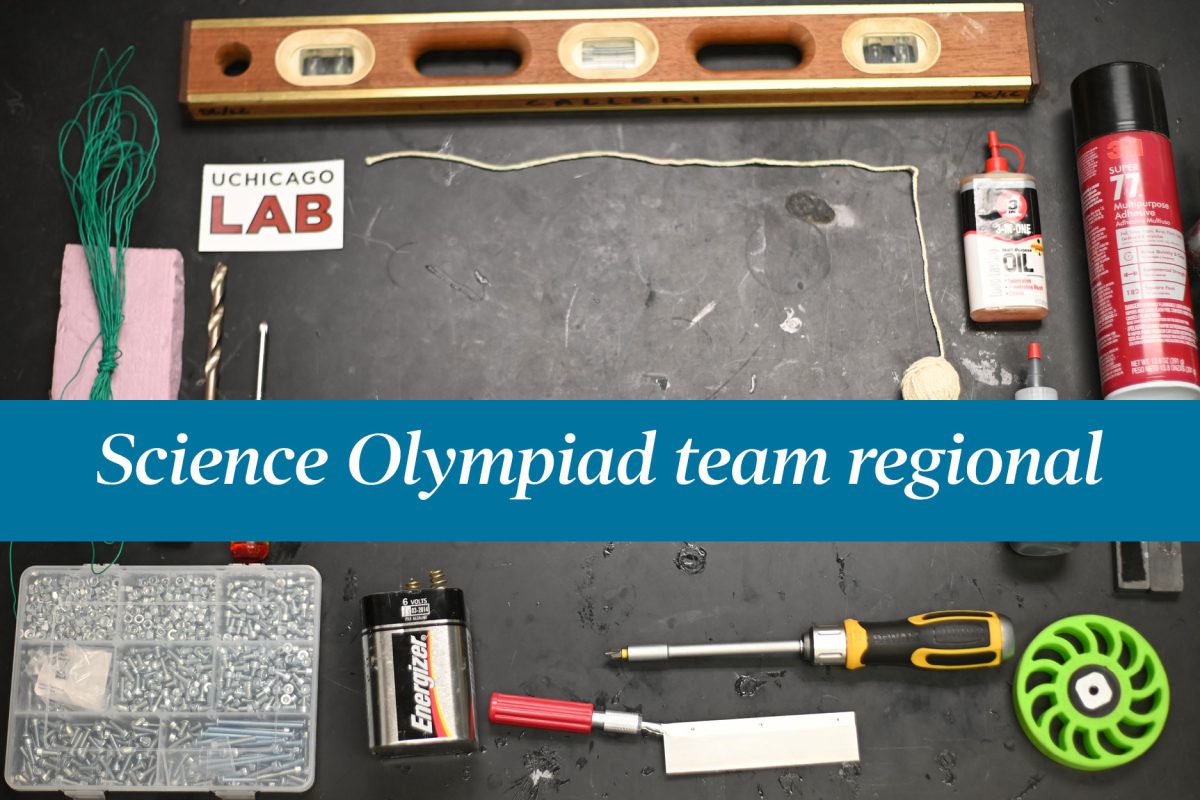


























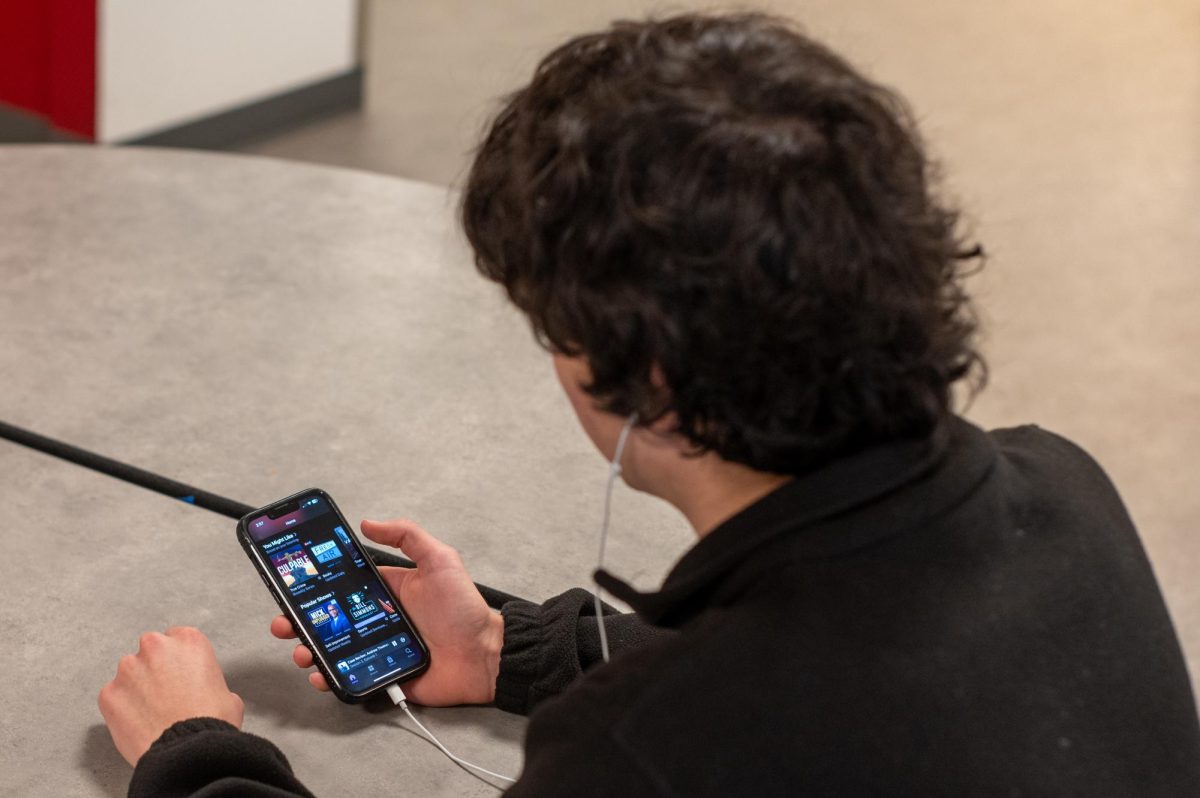




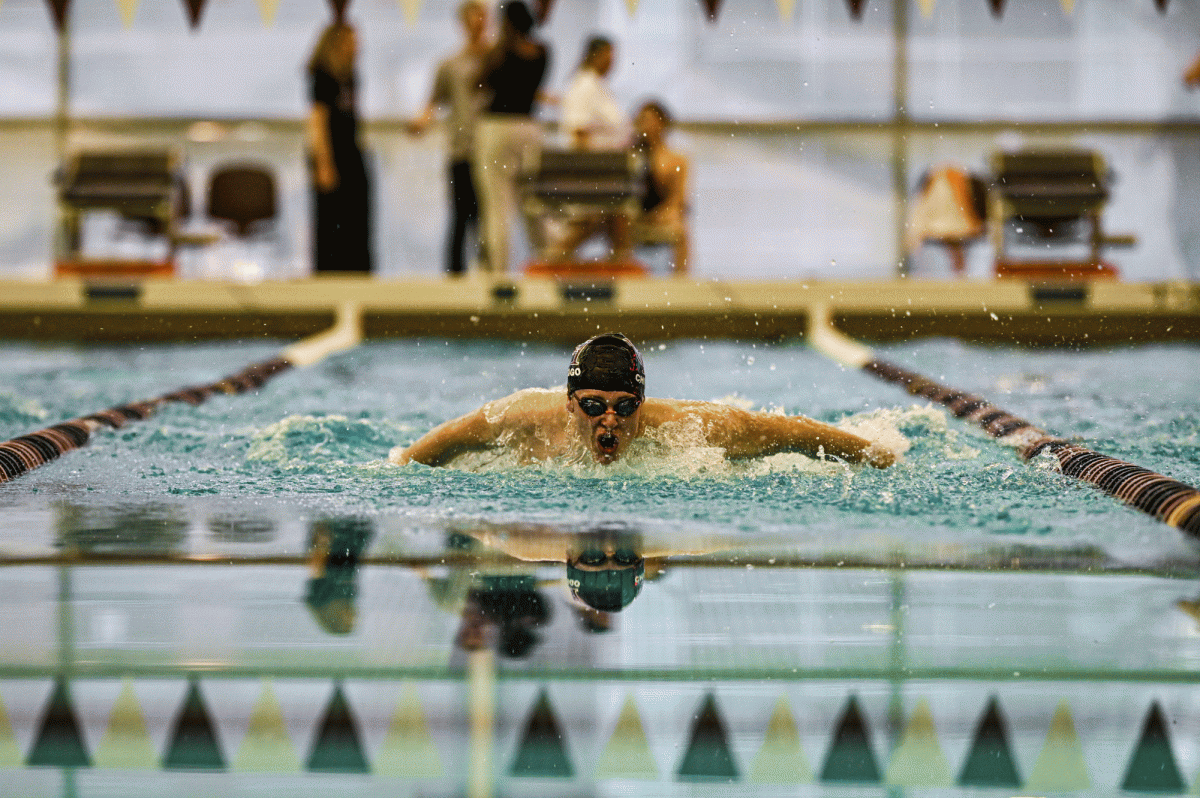






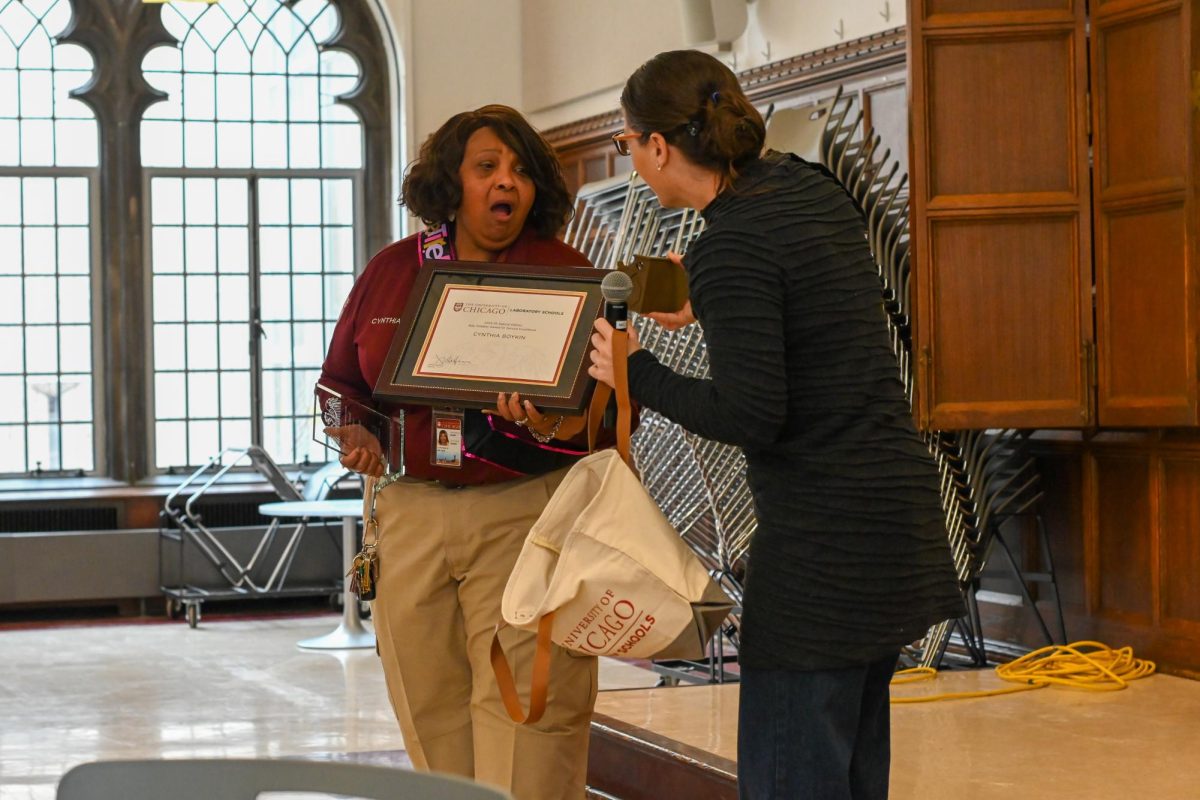





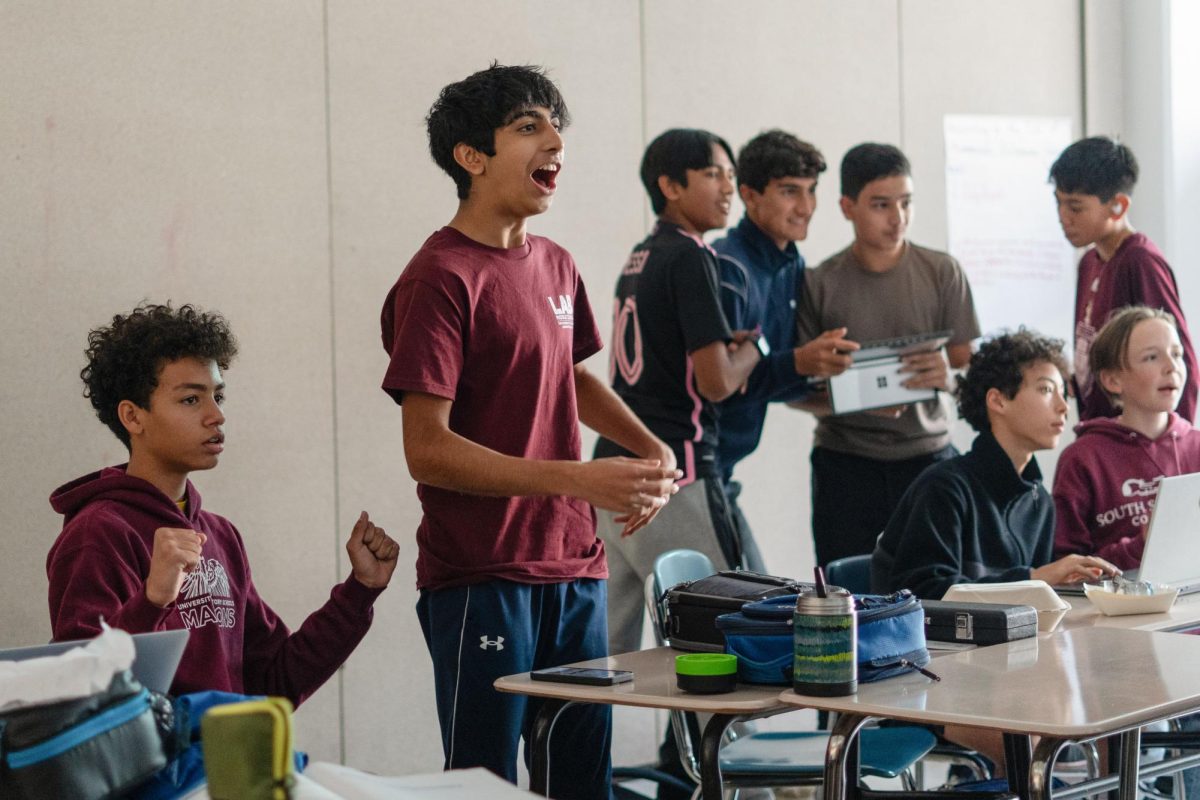

Lab Member • Oct 22, 2024 at 6:11 pm
There are only five days a week with available lunch periods for clubs to meet, and not every club needs to meet weekly. It’s not feasible to ask students to meet before or after school given their other commitments and commuting logistics. Lab Periods can be used, but that’s tough. We simply need more free lunch periods.
Similar to co-curricular weeks, why not have “Club A” and “Club B” weeks alternate, so each club meets every other week. That would, in theory, double the amount of clubs any student could attend.